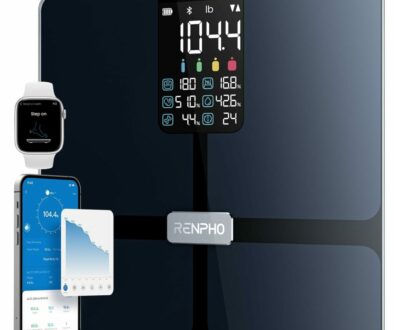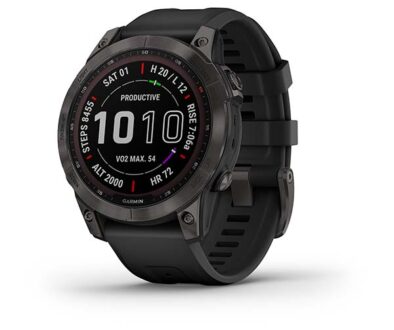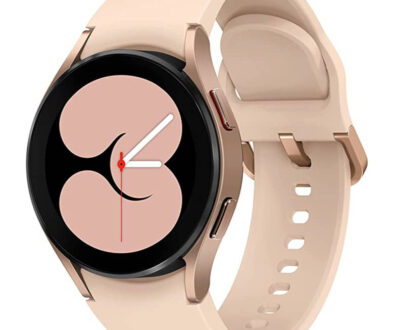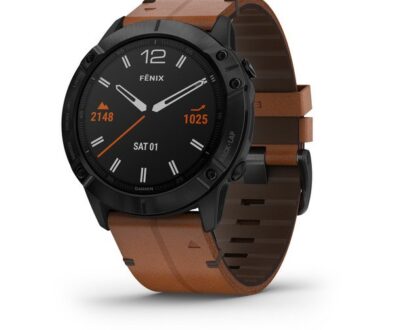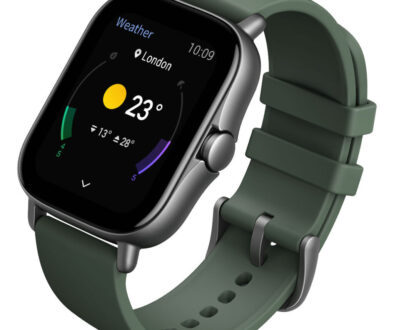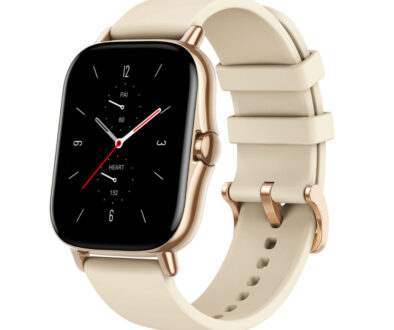Smart Watches or Fitness Bands. Which is best for you?
The last few years have seen a surge in the use of wearable tech and a large part of popularising wearable tech is due to smartwatches and fitness bands. Thanks to its popularity, wearable tech amounted to over 115 billion USD in 2021 with big projections in the pipeline for the next five years. The world is gradually being connected to IoT on a larger scale where the internet drives its every step. Wearables are just a start and developments are gradually expanding to smart doors and transparent tv sets that act as glass walls when off and a smart tv when on.
While there is still a huge market for tradition, and watches from popular brands and manufacturers still have a large following, users have embraced new technology and smartwatches or fitness bands are in trend now. A large part of it has to do with the plethora of features and services that these devices bring to the users. Both smartwatches and fitness bands fall in the category of wearable tech but few cosmetic and functional differences between them make each of them more suitable for different users. If you are looking to follow the trend but cannot decide whether to go for a fitness band or a smartwatch you are in luck. Today we will look at what either of these devices has to offer and which one should you own.
Let us look at fitness trackers first.
Fitness Bands: Features and Usability
Fitness bands, as the name suggest are more inclined to help users maintain their fitness through their functions. Initially, fitness bands started as smart bands with sensors that could track your vitals such as heart rate, pulse and pedometer to count the number of steps taken. Over time and development, their utility has expanded to cover more areas of fitness and activity tracking. The biggest cosmetic appeal fitness bands have is their sleek and light form factor. They are usually worn on the wrist and look like any other wristband. Their lightweight build allows them to be worn always and it keeps tracking all the physical activities that you do. Some of the latest bands have advanced features such as a sleep quality monitor that tracks the sleeping pattern of users along with the time spent in deep sleep and REM sleep.

Fitness Bands Source gearmoose
Fitness bands are laden with sensors that are mostly used to track various types of movement. These sensors can track your movement as well as the intensity of the movement. A built-in pedometer is used to track the number of steps you take while brisk walking and can also track if you are running or jogging. Even when you are doing cardio, it can track it and then calculate the number of calories you burn along with your pulse and heart rate. Fitness bands usually have a small vertical display that is just big enough to show numerical data related to your physical activities. In most cases, the display has low resolution unless you opt for a pricey fitness tracker like the Fitbit Charge 5, which has a built-in GPS and stress management mode.

Fitbit Charge 5 Source Fitbit
Where fitness bands have an upper hand over most smartwatches is their battery capacity. Most features that fitness bands have are also present in smart watches but thanks to a focussed approach towards utility and a much smaller display, it lasts much longer on a single charge than smartwatches. These bracelet lookalikes can store data offline for as long as 30 days (in some models) on a single charge. Usually, there is an Android or iOS app that you can connect to later and synchronize all the collected data at once to get a more comprehensive picture of your fitness and health.

Fitness bands are usually much cheaper than smartwatches due to their limited functionality. This is exactly what makes them an excellent choice for users looking for smart devices that could function as a makeshift watch, and track their health on a real-time basis. With a constant heart rate monitor, these bands can indicate when you should stop your cardio for a break and keep a count on the calories burnt so that you do not go over your target.
Since they have to endure a lot along with the user, they are built tough even with an overall light footprint. Most fitness bands are also waterproof and have a swimming mode that you can choose when they go out swimming. Latest fitness bands such as Amazfit Band 5 come with built-in Alexa while the Xiaomi Mi Band 6 has a SpO2 monitor and 30 different sports modes. You can also go through popular e-commerce listings of fitness bands at attractive prices from some upcoming brands like Zururu and MorePro. Similar to smartwatches, fitness bands come with attractive colour options and blend in seamlessly with almost any type of clothing you wear.
Enough about fitness bands let us look at what Smart Watches have to offer.
Smart Watch: Attributes and Functionality
Smartwatches are much more feature-rich in comparison to fitness bands. They can almost do everything that fitness bands can and much more in terms of functions and features. Smartwatches have a bigger form factor with a display measuring in the region of 1.5 inches on a high-resolution LCD or AMOLED panel. The display is much livelier and has more real estate than fitness bands. Besides displaying the time there are several watch faces that the respective watch manufacturer allows you to download from their library and apply similarly to a wallpaper. There is a lot to play with watch faces on smartwatches.
Besides the usual activity tracking functions, a smartwatch has features like SMS and call alert features. These devices can use the entire screen real estate to display messages from instant messaging platforms and regular SMS messages. Some devices allow you to just read the received messages while pricier models allow users to reply to them as well. Smartwatches can also alert you through vibration when you have an incoming call along with the caller ID and you can then choose between receiving, rejecting or silent the calls directly from the smartwatch. These features however require the smartwatch to be connected to your smartphone through Bluetooth and GPS.
Besides these features, there are more advanced features like stress management that beeps and alerts to go for a break at work when there is too much stress. It can also remind you to get out of your cabin if you have been sedentary for a long time and remind you to take water breaks at regular intervals. Many of these features can be enabled or disabled from the watch itself or from a brand-specific application that synchronizes with the smartwatch on a real-time basis and keeps a track of your health parameters.

Amazefit GTR 2e Source Amazon
Smartwatches are more detailed when it comes to the information captured and displayed. The Amazefit GTR 2e for example has 90 sports modes that it can detect and calculate your calorie count accordingly. The display on the Amazefit watch is round and is a tad smaller than regular smartwatches at 1.30-inches but it is a highly rated watch with access to numerous watch faces and voice control. The Apple Watch Series 7 is another hi-tech device that allows you to take live ECG anytime along with calling and text sending features. The watch notifies you in case of any irregularity it detects in heart rate and can even make automated calls to your preset numbers in an emergency.

Apple Watch Series 7 Source Amazon
A more subtle take on smartwatches is the devices from Garmin. Their range of Venue devices offers excellent value for money features with decent battery life and a song download feature (works with compatible apps) that allows you to listen to your favourite music through a connected headphone without getting the smartphone involved. These watches also support contactless payment offering ultimate safety from unwanted intrusions. A big drawback for smartwatches is their battery though some of the pricier models now are lasting more than 14 days on a single charge. The battery consumption is higher mainly because of a bigger display and constant connectivity to the internet.

Smartwatches go with everything thanks to their extensive collection of watch faces that allows them to assume a conventional look when you are at work and can be switched to a funky party look after office hours. Some of the latest watches allow users to receive calls and have a conversation from the watch itself. All this, however, comes at a price. While most fitness bands cost under $100, smartwatches are priced much steeper and can carry a price tag anywhere between $200 and $500, almost equalling a mid-range smartphone.
Conclusion
Fitness bands are best suited for health-conscious individuals and could be your best companion when working out. It can track almost every type of physical activity and relay important health stats to you. They are priced cheaper and offer good functionality. Smartwatches are best when it comes to fashion-conscious folks who take a more comprehensive approach towards everything ranging from health tracking to casual outings. Their price justifies their utility and thanks to advanced technology in them, they offer more in terms of an overview of current health and insights on how to improve it further.



